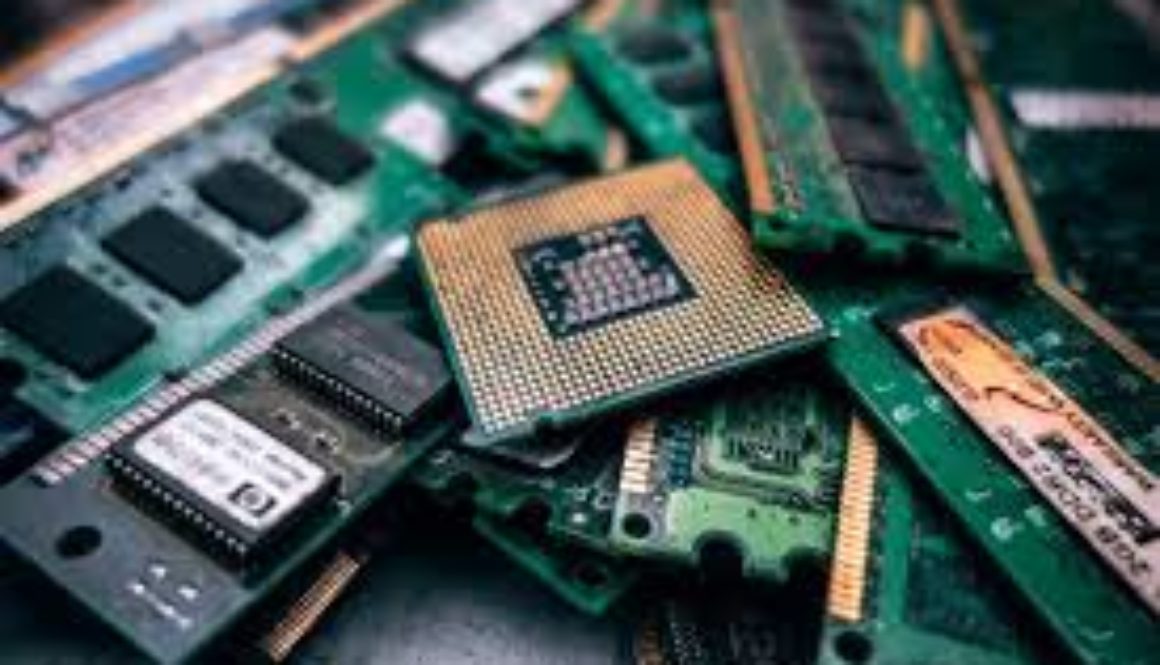5 Ways To Ensure Your Private Data WON’T Be Stolen
While most of the recent buzz concerning data privacy concerns the way that big tech can sometimes fail to make decent disclosures about rights and censorship, another often overlooked issue is privacy and data security even after a device is discarded.
This, of course, is a top concern for good reason. Much of the hacking debacles of that took place in 2014 revolved around the demand for stolen information infiltrated to the tune of millions of dollars in damage. 2015, too, had its share of data privacy skirmishes. High profile data breaches sparked many to implement top security barriers and measure to keep hackers out, but what are companies doing to ensure that private data is not stolen during recycling?
Mind Your Data: What You Can Do To Protect Private Data During and After Recycling
1. Check that you’re recycler is certified
These days finding a reputable and credible recycler to manage your electronics recycling process can make a huge difference. Despite the related high risks, many are still sending their electronic waste to landfills rather than collecting it for proper recycling.
That might be because they’re either unaware of recyclers in the area or they are not sure that the local recycler is certified. When it comes to e-waste recycling, certification is essential to ensure that recyclers do their job according to third party oversight designed to keep them in compliance. Most certification programs are made of specialized boards that hold recyclers to high standards.
2. Wipe your data drives before collection
One excellent way to ensure that sensitive data isn’t compromised or retrievable after sending electronics away for recycling is to engage in what’s known as data wiping. This is the shorthand term for overwriting the hard disk in a way that information is permanently useless afterwards.
Data wiping can get extremely sophisticated, and it should. Modern times have brought on a multitude ways of getting around sloppy data wiping jobs to retrieve information that owners thought they’d erased for good. Encryption and degaussing, a method for removing data by passing the hard disk through a magnetic field are also ways to prevent post-recycling retrieval.
3. Get a certificate of destruction
Data destruction is the most crucial aspect of electronic recycling especially for those who handle sensitive information but still want to discard their electronic devices the right way. However, not just any data destruction will suffice. That’s because even when a device reaches the end of its life cycle and hard drives are wiped, it’s possible to retrieve data through clandestine methods. Additionally, data remanence means that some information, albeit in obscure form, can still remain.
Data destruction takes data wiping one step further to destroy the physical storage media of an electronic device rendering it unusable for future purposes. So far only one electronics recycling company offers guaranteed data destruction, but others are sure to follow the trend. Be sure to find recyclers that offer a certificate of destruction showing that the device has in fact been processed for destruction of the storage media as part of the recycling process.
4. Consider encryption
Encryption seems to be in the news quite a bit lately. It may be one of the only efficient methods to aid in the fight against data breaches, hacking and general snooping without consent. It can also be useful in terms of preserving data privacy on devices sent for recycling.
When data is encrypted before it’s stored, only an encryption key can unlock its contents. This means that erasing encrypted data can be as simple as getting rid of (overwriting) the key – a wise method of removing data permanently when a device has reached the end of its life cycle.
5. Seek professional advice
Sometimes the the best way to ensure that your data is safe after discarding it is to talk with the experts.


